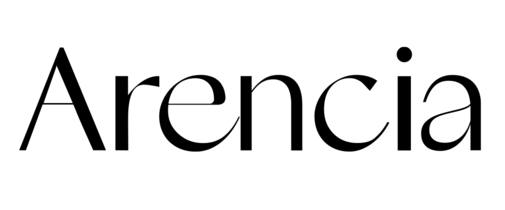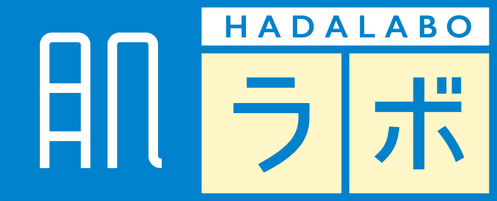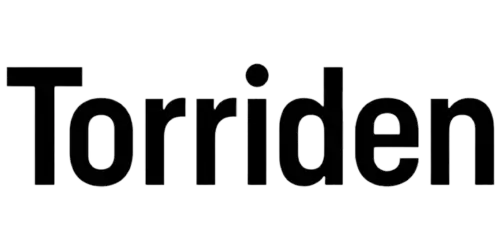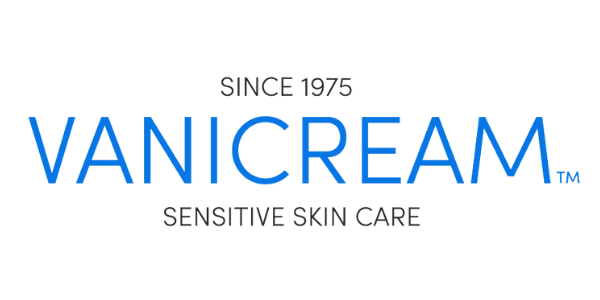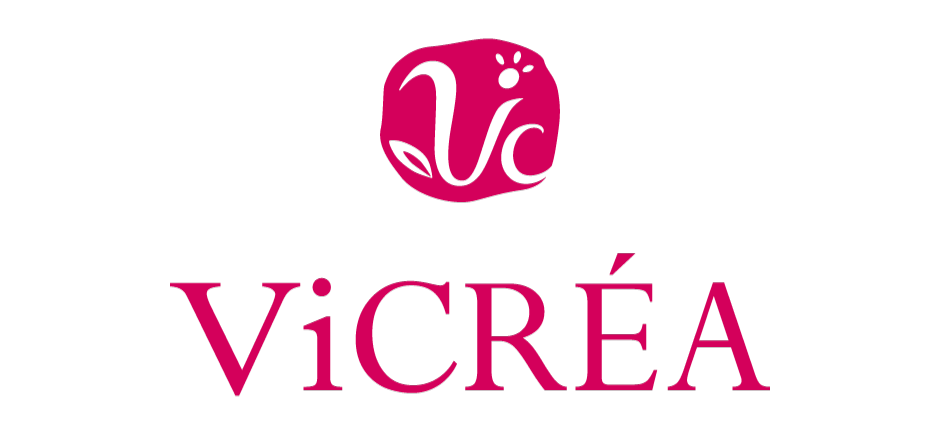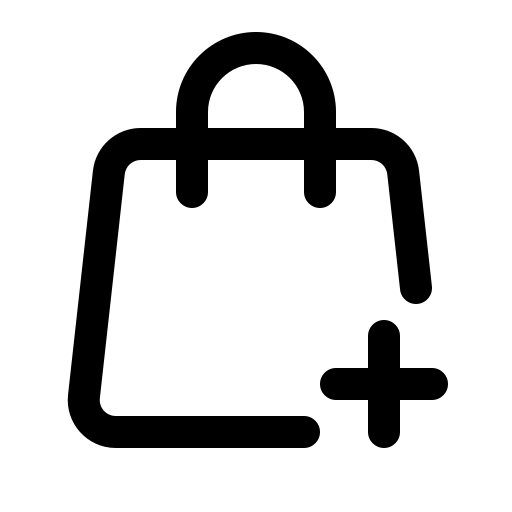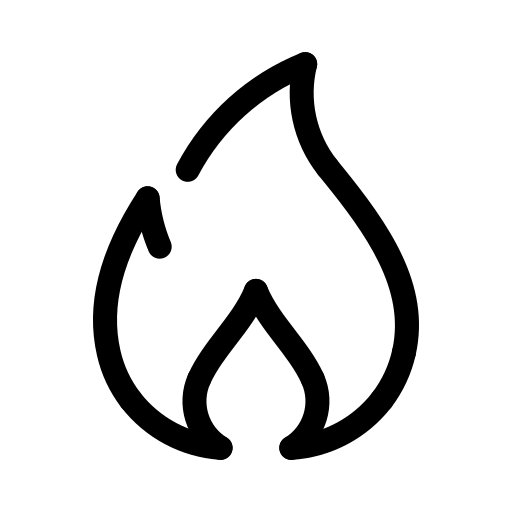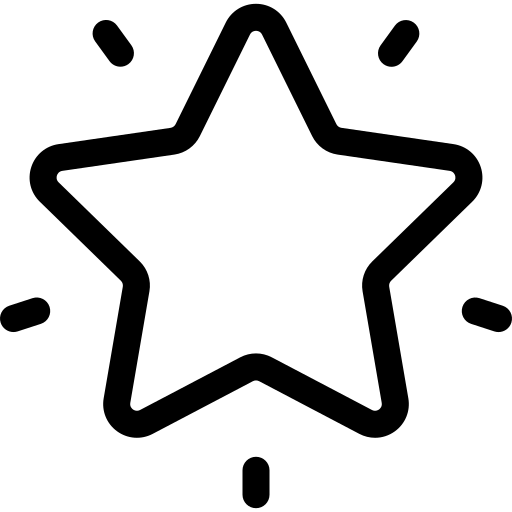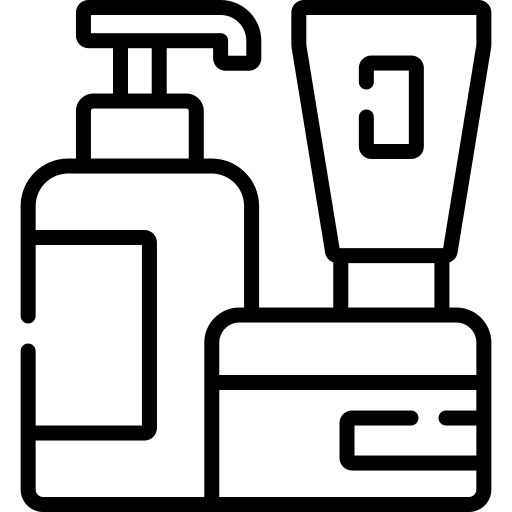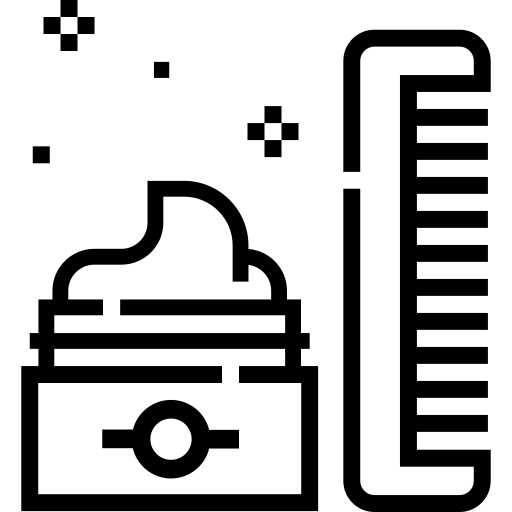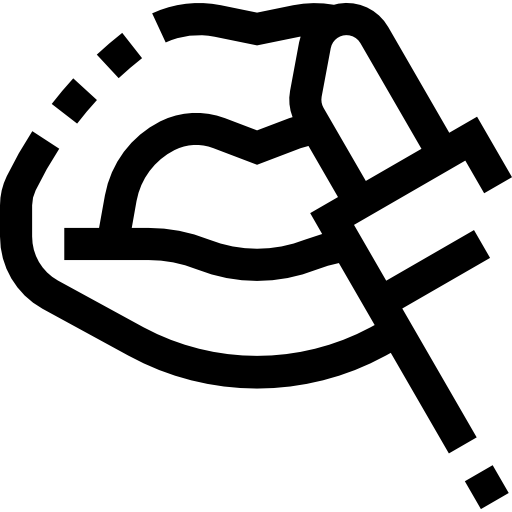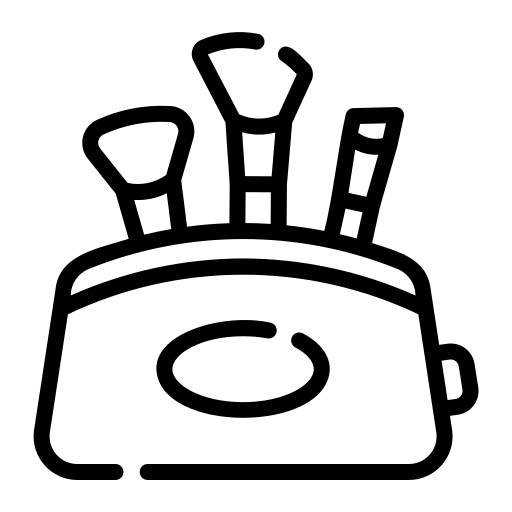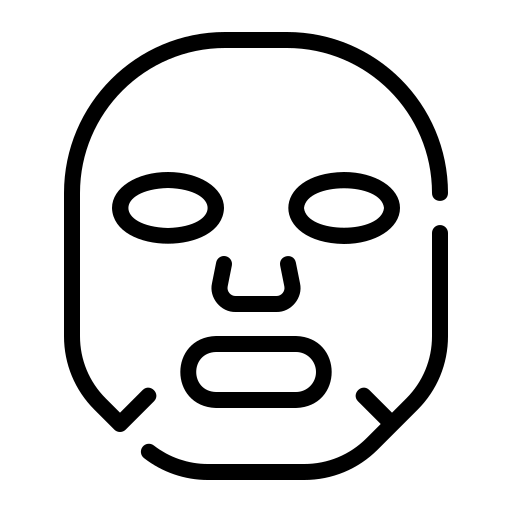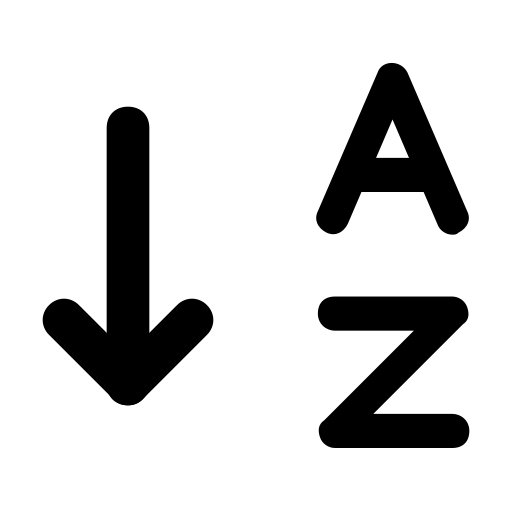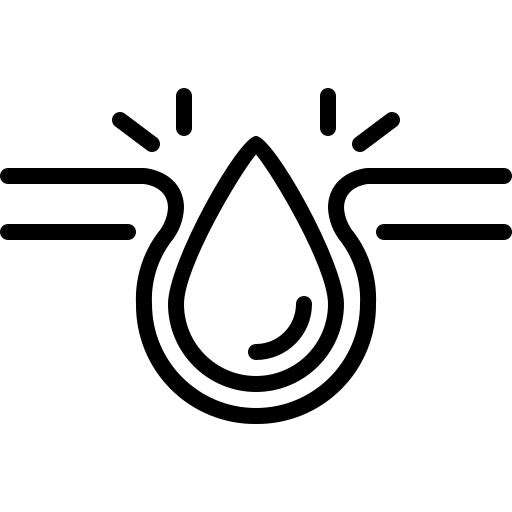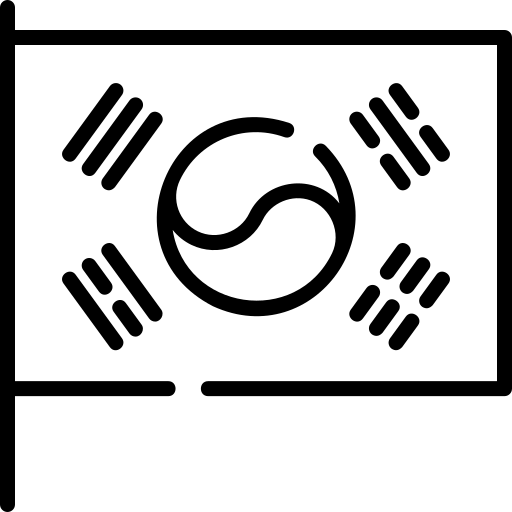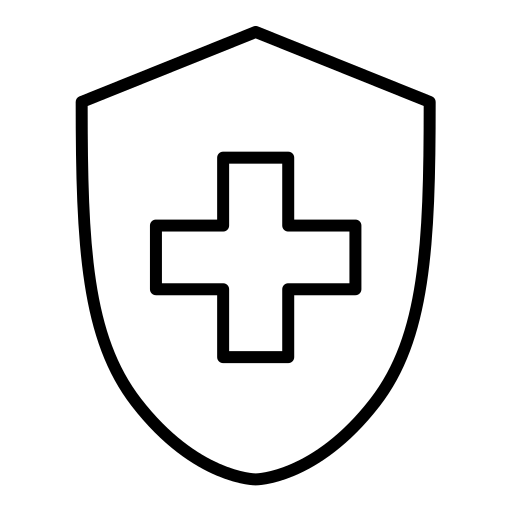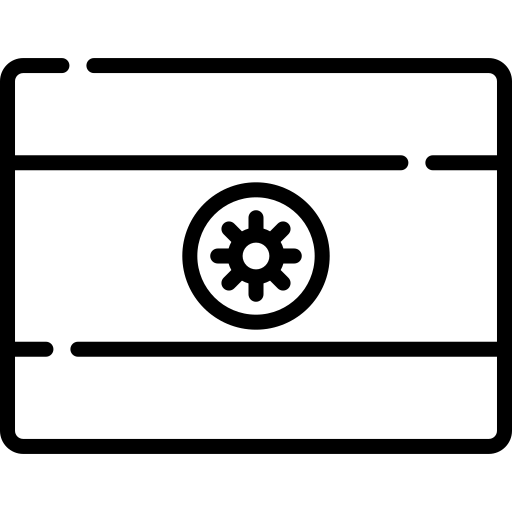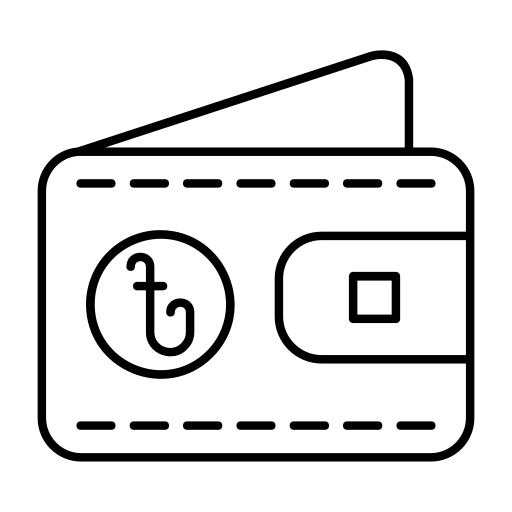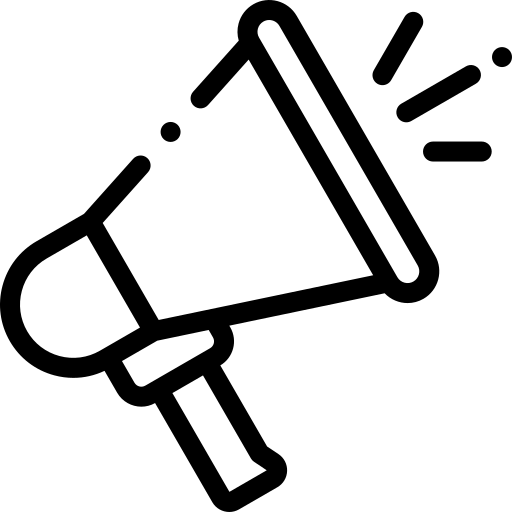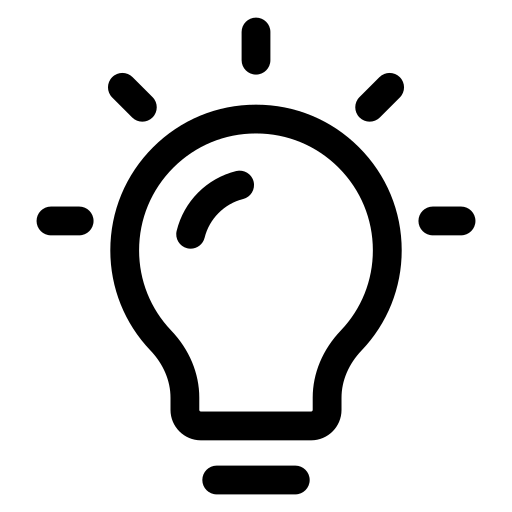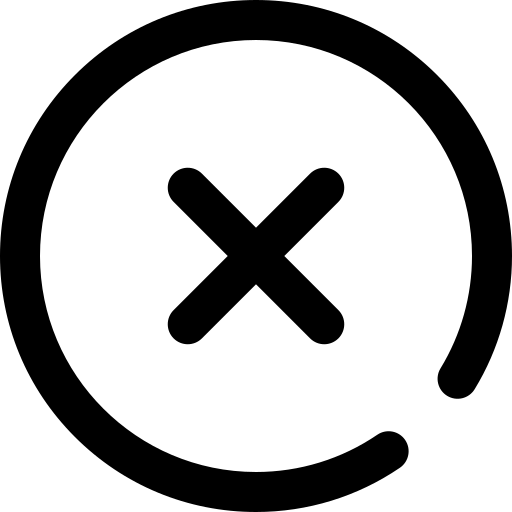Blogs
Fungal Acne Solution
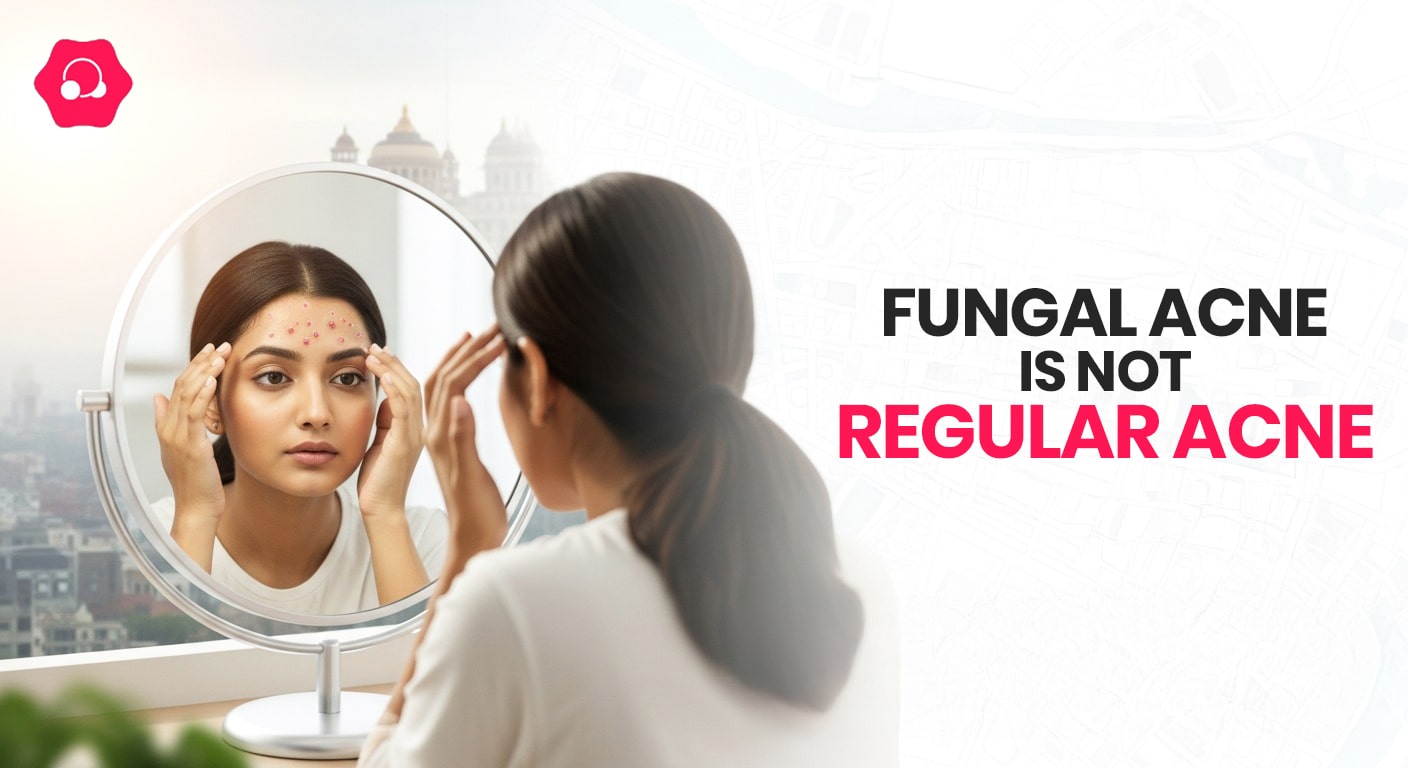
Did you know that Malassezia yeast, the culprit behind fungal acne, naturally lives on 75-98% of healthy human skin worldwide? Yet, in tropical climates like Bangladesh, overgrowth leading to Malassezia folliculitis can affect up to 50% of young adults in humid conditions, with one clinic in a similar tropical setting reporting it as the reason for 16% of all dermatology visits. Studies show it’s most common between ages 13-45, striking equally across genders but often misdiagnosed as regular acne in up to 27% of cases where both coexist. Imagine coming home after a long day, weaving through the crowded streets of Dhaka or waiting in the humid heat for a bus in Chittagong. You notice small, itchy bumps on your forehead or chest that just won’t go away, no matter how much you wash your face or use acne creams. Sound familiar? As your friendly skincare guide, I’m here to explain what fungal acne is, debunk common myths, and share science-backed steps to treat and prevent it, tailored for the Bangladeshi lifestyle.
What Is Fungal Acne?
Fungal acne, or Malassezia folliculitis, isn’t true acne. It’s caused by an overgrowth of Malassezia yeast, a fungus naturally found on your skin, especially from the scalp to the forehead. In Bangladesh’s warm, humid weather, this yeast can multiply too much, leading to skin trouble. Unlike bacterial acne, which comes from clogged pores and bacteria, fungal acne is triggered by yeast feeding on oils and sweat. It’s more common than you might think in tropical regions like ours, where moisture fuels yeast growth, with prevalence spiking to 40% in some humid areas.
Where Does It Appear and What Does It Look Like?
Fungal acne shows up as small, uniform, itchy red or white bumps, often in areas with hair follicles. In Bangladesh, you might notice them:
- On your forehead, especially after wearing caps or hijabs during prayers or commuting.
- In the beard area for men, worsened by sweat from biking in traffic.
- On the chest, shoulders, or back, where tight clothes like kurtas or shirts trap heat and moisture.
These bumps can’t be popped or squeezed, and they don’t respond to common acne treatments like benzoyl peroxide, salicylic acid, tretinoin, or tea tree oil. If your acne products aren’t working, fungal acne could be the reason. It’s also possible to have both fungal and bacterial acne at the same time, making it trickier to treat without the right approach.
Common Myths About Fungal Acne
Let’s clear up some misconceptions that often confuse people in Bangladesh:
- Myth 1: Fungal acne is caused by poor hygiene. Not true! Malassezia yeast is a normal part of your skin’s flora. It only causes problems when it overgrows due to heat, humidity, or certain products, not because you’re “dirty.” Even daily showers won’t prevent it if triggers like oils or sweat are present.
- Myth 2: All acne treatments work for fungal acne. Many believe benzoyl peroxide or salicylic acid can fix it, but these target bacteria, not yeast. Using them might even worsen fungal acne by altering skin flora.
- Myth 3: Coconut oil is always good for skin. While coconut oil is a staple in Bangladeshi homes for hair and skin, it’s a major trigger for fungal acne because Malassezia feeds on its fatty acids.
- Myth 4: Fungal acne is contagious. It’s not! The yeast comes from your own skin, not from others, so you can’t “catch” it from shared towels or brushes, though poor hygiene can worsen it.
What Causes Fungal Acne?
Malassezia yeast thrives on fatty acids, oils, esters, and sebum (your skin’s natural oil). In Bangladesh’s humid climate, it flares up when sweat gets trapped under unwashed masks, hijabs, or tight clothing, especially during the monsoon or hot summer days. Certain skincare and hair products can also feed the yeast, worsening the problem. Common triggers include:
- Oils: Coconut oil (used in many Bangladeshi homes for hair), olive, shea butter, argan, jojoba, sunflower, almond, avocado, camellia, meadowfoam, or rosehip oils.
- Fatty acids: Lauric, myristic, palmitic, stearic, oleic, linoleic, arachidic, or behenic acid.
- Ingredients ending in “-ate”: Isopropyl palmitate, isopropyl myristate, ethylhexyl palmitate, cetyl palmitate, glyceryl stearate, etc.
- Other culprits: Polysorbates (20, 40, 60, 80), PEG-100 stearate, PEG-75 stearate, fermented ingredients (galactomyces, saccharomyces, lysate filtrates), honey, propolis, royal jelly, and sugar-rich plant extracts like aloe or rice ferment.
These ingredients are often found in popular moisturizers, hair oils, or K-beauty products trending among young Bangladeshis. To check your products, use this detailed guide from Folliculitis Scout—it’s based on research into Malassezia triggers. Everyday habits like using shared makeup brushes at salons in Gulshan or leaving sweaty gym clothes on can also spark flare-ups.
Important Note
Fungal acne is less common than bacterial acne and usually appears more on the forehead and scalp than the shoulders or back. It can also exist alongside bacterial acne, so you might be dealing with both. Before jumping to fungal acne treatments, try benzoyl peroxide first to rule out bacterial acne, as it’s a simpler fix.
How to Treat and Prevent Fungal Acne
Tackling fungal acne doesn’t need to be complicated. With a few tweaks to your routine, you can clear it up and keep it away. Here’s a detailed plan designed for Bangladeshi lifestyles:
- Simplify Your Skincare: Use fewer products to avoid trapping yeast, especially in our humid weather. Stick to a cleanser, treatment, and light moisturizer.
- Choose Fungal-Safe Products: Avoid oil-based cleansers and opt for micellar water, which cleans without feeding yeast. Look for antifungal ingredients like:
- 2% ketoconazole: Proven to reduce yeast and clear bumps in weeks. Use a ketoconazole shampoo (available at pharmacies in Dhaka or Sylhet) as a face wash—apply, wait 5 minutes, then rinse.
- Sulfur: Fights yeast and soothes skin. Look for sulfur-based masks or creams.
- Zinc PCA: Controls oil without triggering yeast, perfect for oily Bangladeshi skin types.
- Azelaic acid: Calms redness and fights Malassezia effectively, with studies showing up to 78% reduction in overall folliculitis after 4 weeks. Available in serums or creams at local stores.
- Stay Clean and Dry: Shower after sweating from a rickshaw ride, cricket match, or gym session. Wash pillowcases, hijabs, caps, and bike helmets weekly in hot water to kill yeast.
- Use Tissues to Dry: Pat your skin with tissues instead of towels, which can harbor yeast.
- Hygiene Habits: Keep nails short and clean to avoid spreading yeast. Wipe phone screens and earphones daily—they collect oil and sweat. Clean combs and replace loofahs regularly.
- Avoid Salon Makeup Brushes: Bring your own brushes and wash them weekly with mild soap. Shared brushes at salons can spread yeast.
- Watch Your Diet: Cut back on sugary foods like mishti, roshogolla, or soft drinks, as high sugar can indirectly fuel yeast growth.
- Don’t Over-Layer Products: Avoid piling on serums or creams, especially at night when your skin needs to breathe.
If bumps persist after 2-3 weeks, consult a dermatologist to prevent scarring or long-term issues.
Why This Matters in Bangladesh
Our climate and lifestyle think sweaty commutes, frequent use of coconut oil, or shared makeup tools make fungal acne a sneaky problem, with prevalence rates climbing in humid tropics. For young adults balancing studies, work, or family, clear skin can boost confidence, whether you’re dressing up for a wedding in a saree or heading to a job interview in Khulna. By understanding fungal acne, debunking myths, and making small changes, you can keep your skin healthy and glowing.
Fungal acne might seem like a mystery, but with these practical, research-backed tips, you’re ready to tackle it. Start simple, stay consistent, and treat your skin like a friend. In no time, you’ll be ready to face Bangladesh’s vibrant life with clear, confident skin.









